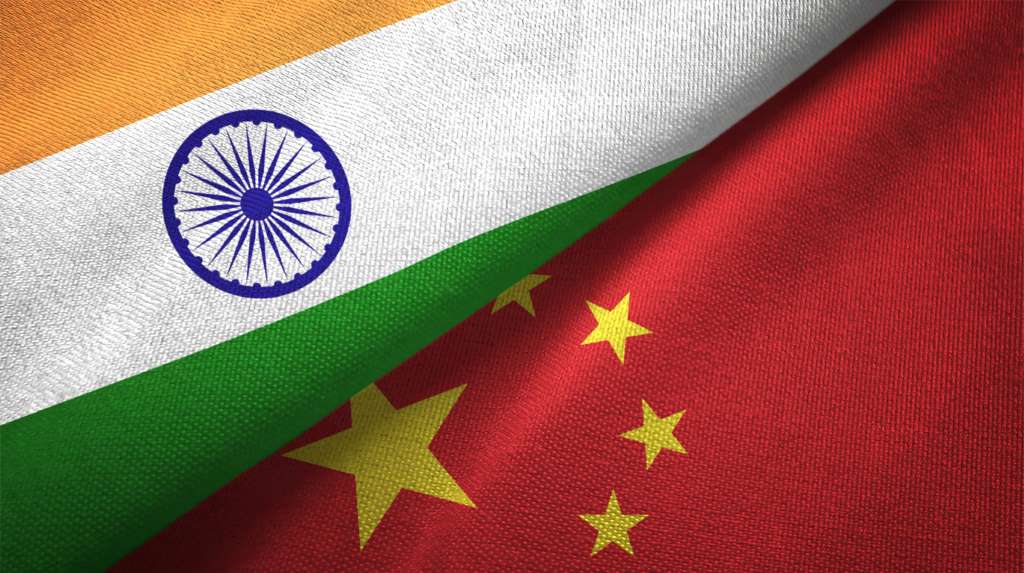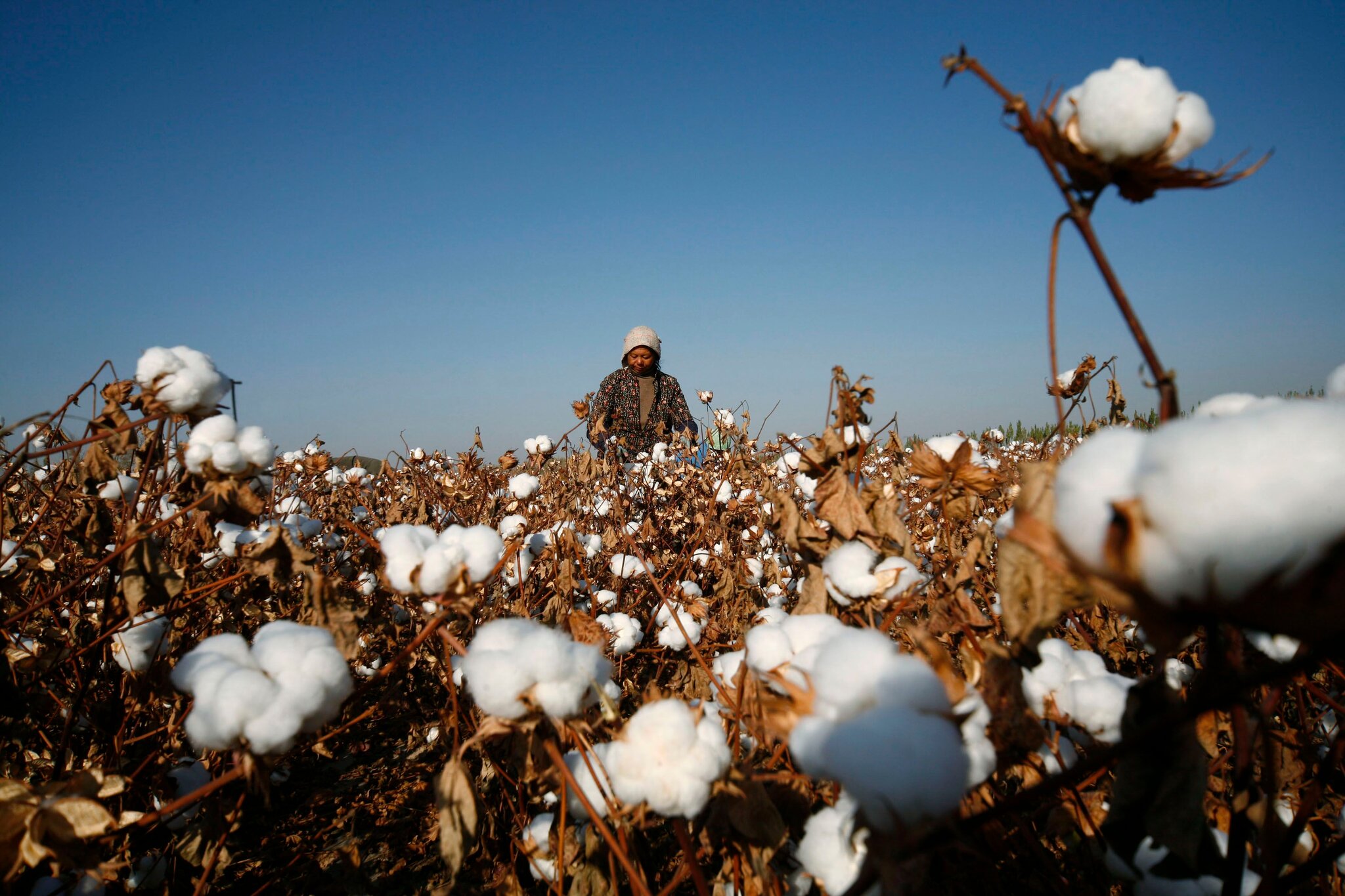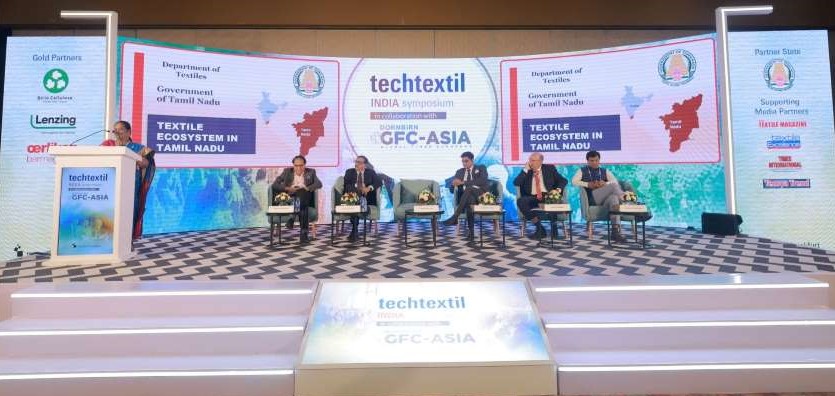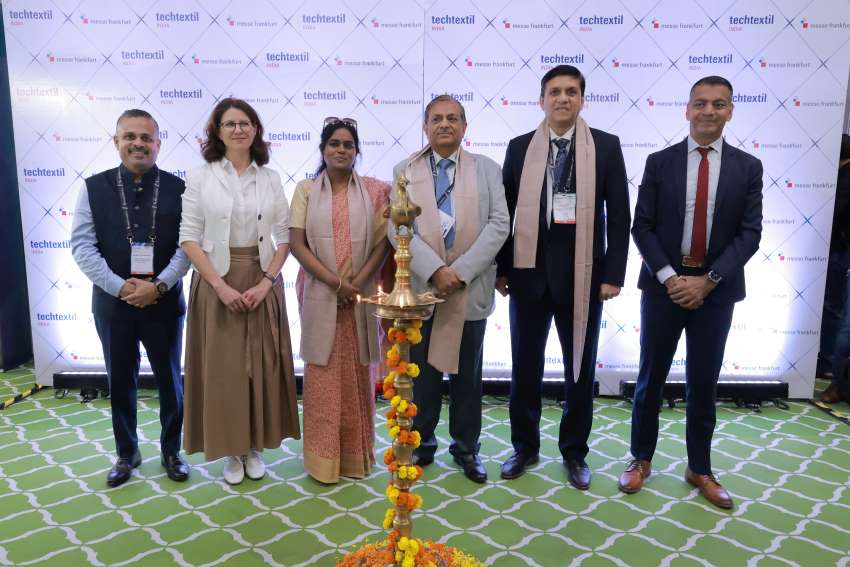
China has regained its position as India's largest trading partner in fiscal year 2023-24, edging out the US by a narrow margin, as per Global Trade Research Initiative (GTRI) statistics. This shift has significant implications for the textiles, apparel, and fashion sectors in all three countries.
China previously held the title of India's top trading partner from 2013-14 to 2017-18, and again in 2020-21. This dominance was largely due to China's established manufacturing base and competitive pricing in textiles and apparel. Indian consumers have a long-standing preference for affordable Chinese clothing, while China relies on Indian cotton, a key raw material.
China's dominance stems from a total trade volume of $118.4 billion with India, edging out the US by a mere $100 million. While India's exports to China rose by 8.7 per cent, imports grew a substantial 44.7 per cent, highlighting a growing trade deficit. This trend reflects China's established position as a manufacturing powerhouse, catering to India's demand for affordable clothing and textiles.
The US seeks closer ties
Despite losing the top spot, the US-India trade relationship remains strong. . The US, is focusing on a strategic shift. The US is actively seeking to deepen economic ties with India, focusing on areas like high-tech goods and advanced textiles. This could lead to increased collaboration in areas like sustainable and innovative fashion within the US and Indian markets. While bilateral trade remains strong, the US is prioritizing diversification of its trading partners and fostering innovation in the textile industry.
India's balancing act
India sits at the centre of this dynamic. The increased trade with China offers access to a vast and cost-effective production base. However, the growing trade deficit and potential security concerns are prompting India to explore alternative partnerships and boost domestic manufacturing. The government's initiatives like the ‘Make in India’ program aim to incentivize local production and reduce reliance on imports.
The impact on textiles & apparel
The global textile industry is witnessing a shift towards ethical and sustainable practices. This trend is creating opportunities for Indian manufacturers to position themselves as a more responsible alternative to China.
Competition: Renewed India-China trade could intensify competition in the global textile and apparel market. Both countries are major exporters, and a focus on cost-effectiveness might lead to price wars.
Supply chain reliance: India's dependence on Chinese suppliers might continue, potentially hindering efforts to develop a robust domestic textile manufacturing industry.
Shifting consumer preferences: Growing awareness of ethical sourcing and sustainability practices could push Indian fashion brands to look beyond China for suppliers, especially in Southeast Asia.
Indeed, the evolving trade landscape between India, China, and the US presents both challenges and opportunities for the textiles, apparel, and fashion industries. Here's what to watch out for:
India's policy focus: Will India implement policies to promote domestic textile manufacturing and reduce reliance on Chinese imports?
US-China trade relations: How will the ongoing trade war between the US and China impact global supply chains and sourcing strategies?
Rise of alternative suppliers: Can Southeast Asian countries like Vietnam capture a larger share of the Indian apparel market?
The future of textiles, apparel, and fashion trade now hinges on how these three major players navigate the changing geopolitical and economic landscape.












